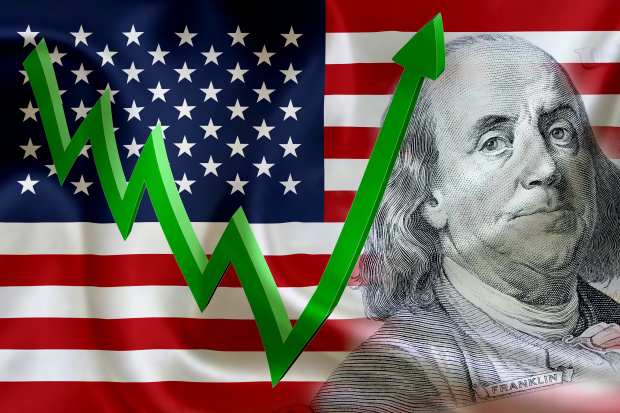Consumer Spending Drives US GDP Up 2 Pct

With the current U.S. economy indicating brief warning signals of a slowdown in the last quarter to a .5 percent annual rate or lower, the year will still finish with strong figures, thanks to the resilience of consumers, a healthy labor market, the Federal Reserve’s interest rate cuts, and a housing market that, for the most part, has recovered.
On Friday (Dec. 20), U.S. officials announced the gross domestic product (GDP) grew moderately at an annual rate of 2.1 percent in the third quarter.
Another report highlighted that consumer spending grew at a steady 0.4 percent rate in November, having its strongest gain since July. The incomes bounced back to 5.9 percent by value per year and 6.8 percent by number per year from 2012 to 2015.
November consumer spending accounted for approximately 70 percent of U.S. economic activity, a strong rate which is contributing to the offset of economic issues such as the battle of Trump’s global trade wars and the potential of a worldwide slowdown.
Households remain a powerful force in buying power.
Consumer spending has been stronger than predicted. Government figures indicated that even more automobiles and trucks were purchased in the month of November. Spending also rose higher for healthcare. The housing sector, which for six straight quarters had fallen, reported a steady 4.6 percent increase in the third quarter.
Even the labor market is looking quite healthy. According to economists’ forecasts, the U.S. economy is at a 2 percent annual rate of expansion in the last quarter of 2019.
The employment rate in the U.S. rose to its highest rate since January, with employers in America contributing to a total of 266,000 jobs added.
The Federal Reserve issued a total of three rate cuts this year, and partially reversing the four rate increases from last year, have also contributed to the rebound.
On Thursday (Dec. 19), the Senate passed a $1.4 trillion spending budget agreement to increase spending on domestic and military programs in 2020, further helping to support economic growth. Even President Trump has backed away with his “Phase One” trade deal and suspended a new round of tariffs on Chinese consumer goods.
With consumer spending keeping the economy at a steady pace of growth and resilience in many economic sectors, the U.S. remains in a festive mood this holiday season.
